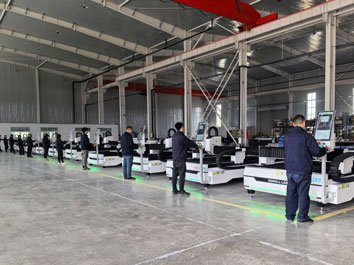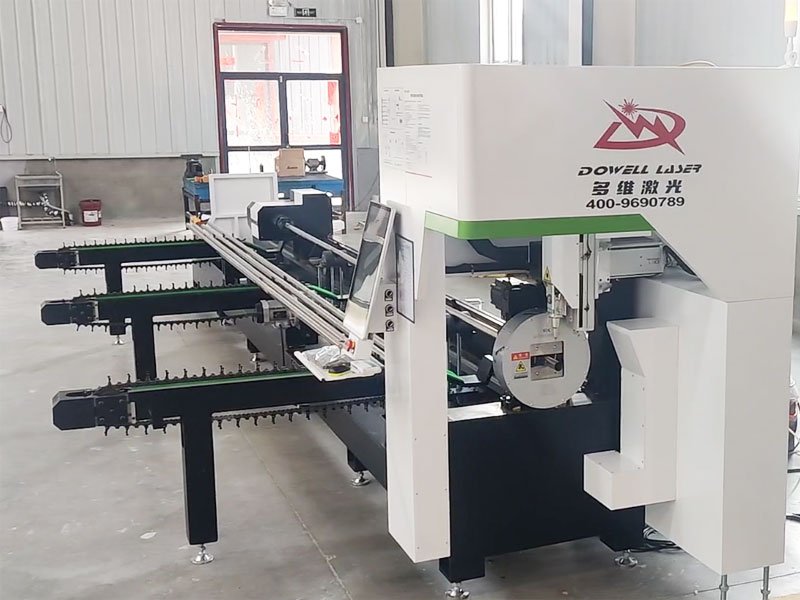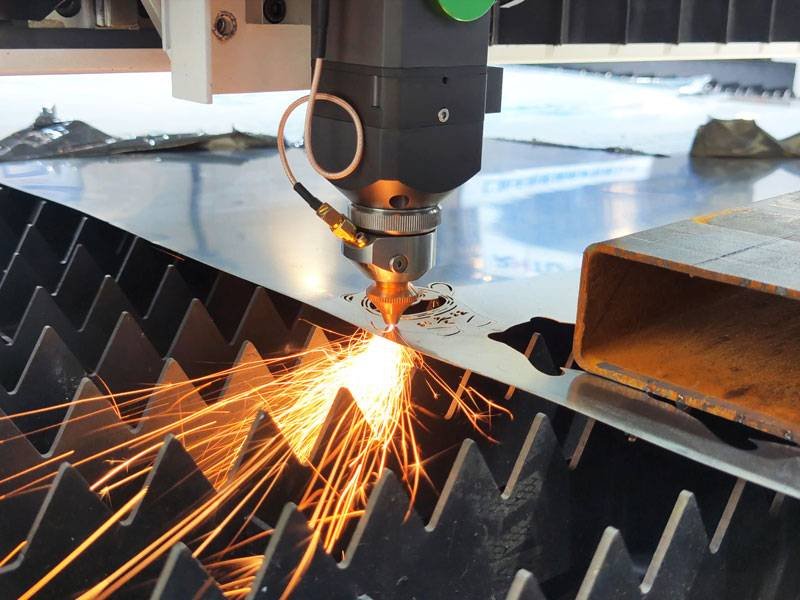
With the rapid development of laser technology, CNC metal laser cutting machines have brought convenience to manufacturing companies, but at the same time there are many limitations of laser cutting. This article will mainly focus on laser cutting disadvantages.
What Are the Disadvantages of Laser Cutting : Equipment Factor
Cutting Limitations:
1.Material limitations
Laser cutting is compatible with a wide range of materials, but there are some limitations. Highly reflective metals, such as copper and aluminum, can be challenging for laser cutting machines to process effectively. These materials can reflect the laser beam, resulting in energy loss and inconsistent cutting. In this case, other cutting methods may be required, making laser cutting less versatile in certain applications.
2.Limitations for thick materials
Laser cutting is very accurate and effective for thin and medium-thick materials. Its performance begins to decline For heavy-duty cutting of thick metals, methods such as plasma or water jet cutting may be more efficient and cost-effective. For companies cutting thicker sheets, it may be necessary to purchase 2-3 laser cutting equipment to meet demand.
3.Limited Cutting Depth
Laser cutting is great for thin sheets of material, but some materials can only be cut to a limited depth. Laser cutting machines often have a limited maximum cutting depth, which means they may not be suitable for very deep cuts or thick workpieces. Alternative cutting methods may be required, limiting the versatility of laser cutting in certain applications.

Edge Heat Affected Zone (HAZ)
The laser cutting process generates intense heat, which causes a heat affected zone (HAZ) to form around the cutting area. HAZ affects material properties, hardness or strength, especially for metals. This can be a problem The presence of HAZ may also lead to some post-processing requirements, such as surface treatment or heat treatment, to restore material quality.
High Cost:
High initial cost
Purchasing laser cutting equipment and the required setup (including installation, training, and maintenance) can be a significant investment at first. The upfront cost can be a barrier for small businesses or startups with limited budgets. The complexity of the machine and the need for skilled operators can further increase costs.
Post-maintenance and operating costs
Laser cutting machines require regular maintenance to maintain optimal performance. Components such as laser tubes, optical components, and cooling systems need to be replaced or adjusted regularly. Maintenance costs can increase over time, especially for machines that run at high production volumes. Laser cutting is an energy-intensive process, and long-term operation can result in high electricity bills, increasing overall operating costs.

Disadvantages of a Laser Cutter: Environmental Factors
Laser cutting is an energy-intensive process, which may raise concerns about its environmental impact. High power consumption, especially in large-scale production environments, increases the carbon footprint of manufacturing operations. Laser cutting machines often rely on coolants and gases, which may need to be properly handled to prevent environmental damage. As sustainability becomes more important in the manufacturing industry, companies may need to consider the environmental impact of using laser cutting technology.
Disadvantages of Laser Cutter:Professional Technology
Operating a laser cutting machine requires expertise and training. The operators of production enterprises cannot operate the laser equipment by themselves, and arrange professional technicians for professional and systematic technical training.
Skilled operators must be familiar with the machine’s settings, safety protocols, and how to manage the complexity of different materials and cutting tasks. Without the right expertise, the risk of error increases, which may result in material waste, poor cutting quality, and even equipment damage. This means that companies need to invest in employee training, which increases operating costs.

Disadvantages of Using a Laser Cutter:Health Hazards
Laser cutting involves high-power lasers, which may pose safety risks if not properly operated. It may cause damage to the skin (which may lead to decreased tissue repair function) or eyes. Sparks are usually generated during use, which can irritate the eyes, cause stinging, and affect normal vision. Because lasers can damage people’s eyes, appropriate protective equipment, such as laser safety glasses, is required.
Long-term use will produce a lot of dust, which can damage the lungs and respiratory system and easily cause breathing difficulties or lung lesions. Personal care should be taken during use, and protective masks are usually required to reduce damage.
Laser cutting machines generate intense heat, which can cause fire hazards if not carefully monitored. Therefore, safety procedures and training are essential to ensure a safe working environment.
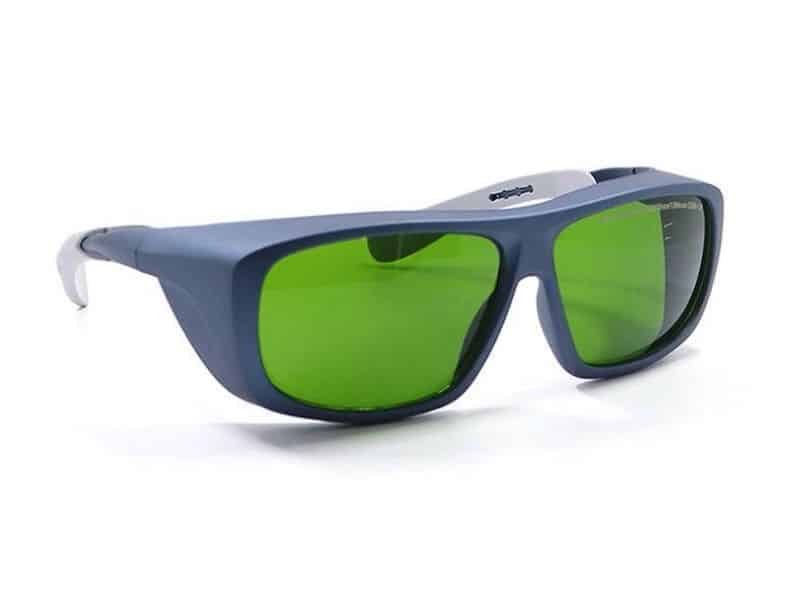
The new contact laser cutting machine likes to stare at the cutting head.
Sparks from cutting can cause eye damage and sting if you look at them for a long time. The optical refractive medium is focused on the retina to form an image, and compared with the incident energy density on the cornea, the energy density on the retina is increased by 104 to 105; the laser has good monochromaticity and small fundus chromatic aberration. Resulting in extremely low laser energies that can cause corneal or retinal damage. Eye protection or a protective shield should be worn.
It usually causes damage to the skin or eyes.
Sparks are generally produced during use, which can cause eye irritation and stinging, and can also affect normal vision. It can also cause skin damage during use, which can easily lead to a decrease in tissue repair function. At the same time, long-term use can produce a large amount of dust, which can cause damage to the lungs and respiratory system, and can easily cause breathing difficulties or lung lesions.
During the processing process
The characteristics of the laser emitted by the laser cutting machine can make the energy highly concentrated in space and time. It is focused on the retina through the refractive medium of the eye to form an image. The energy density on the retina is increased by 104 to 105 compared with the incident energy density on the cornea. The laser has good monochromaticity and small chromatic aberration in the fundus. The above characteristics result in extremely low laser energy irradiation that can cause damage to the cornea or retina. During use, personal care must be taken, and glasses and masks are generally required to reduce damage.
Occurrence of Fiber Laser Cutting Machine Accident
Many laser operators cause fiber laser cutting machine accidents due to improper operation or non-human factors, so Laser Cutter Safety needs to be strictly observed.
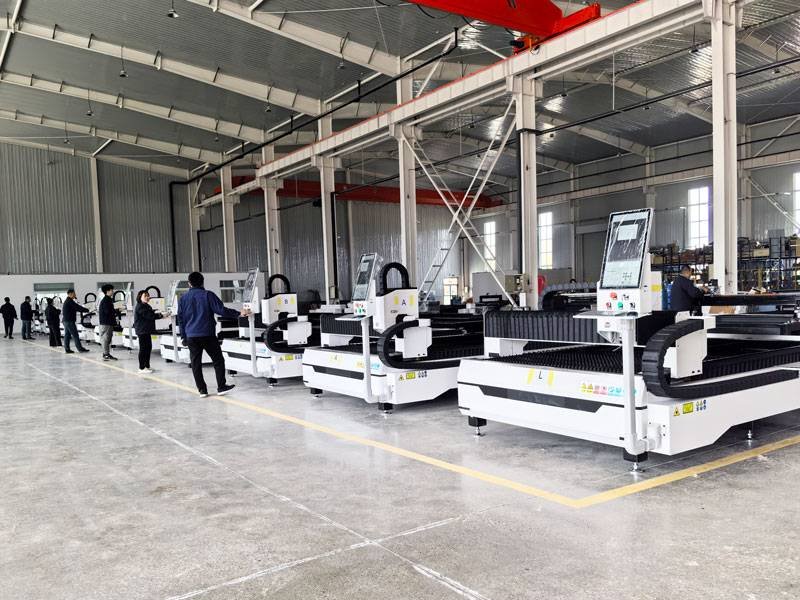
Conclusion
Laser cutting technology offers numerous advantages, but it also has some disadvantages that must be carefully considered. High initial investment, ongoing maintenance costs, material limitations, and safety issues are all important factors to weigh when deciding whether laser cutting is right for your application. By understanding these disadvantages, manufacturers can make an informed decision and explore other cutting technologies that may be better suited to their needs.
Whether you are a small business or a large manufacturer, it is essential to evaluate the long-term costs, the type of material you plan to cut, and the precision requirements of your project before choosing laser cutting.
FAQ
Are there material limitations with laser cutting?
Laser cutting works best with metals, plastics, and wood, but it struggles with highly reflective materials like copper and aluminum. These materials reflect the laser beam, leading to inconsistent cuts.
Are there material limitations with laser cutting?
Laser cutting works best with metals, plastics, and wood, but it struggles with highly reflective materials like copper and aluminum. These materials reflect the laser beam, leading to inconsistent cuts.
Is laser cutting expensive?
Yes, laser cutting can be expensive due to the high initial cost of the machines and the need for specialized maintenance and trained operators. This can be a barrier for small businesses.
What safety risks are associated with laser cutting?
Laser cutting involves high-powered lasers that can cause eye damage or skin burns. Proper safety gear, such as protective eyewear and fire prevention protocols, is essential to mitigate these risks.
Is laser cutting environmentally friendly?
Laser cutting can have environmental impacts due to its high energy consumption and the use of coolants or gases. These factors contribute to its carbon footprint and may require proper disposal practices.
Is laser cutting suitable for small batch production?
Laser cutting may not be cost-effective for small batch production due to the setup and operational costs. For low-volume projects, traditional cutting methods may be more economical.

